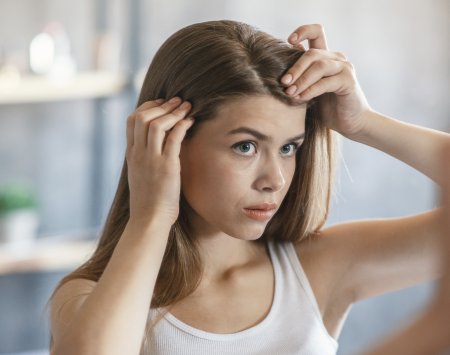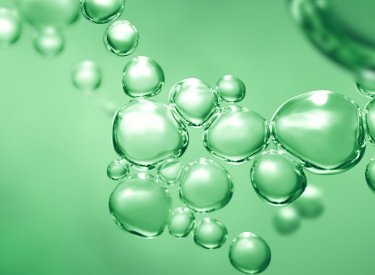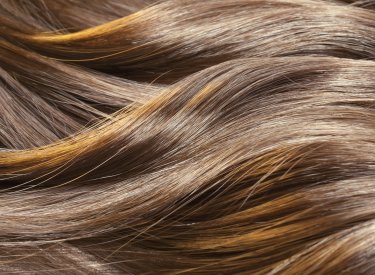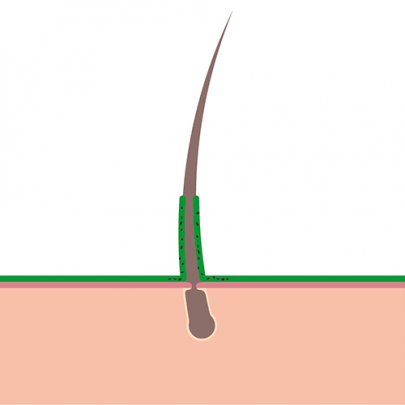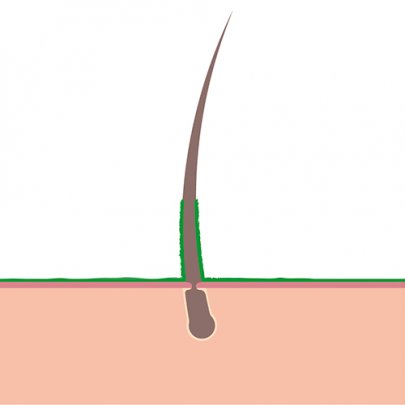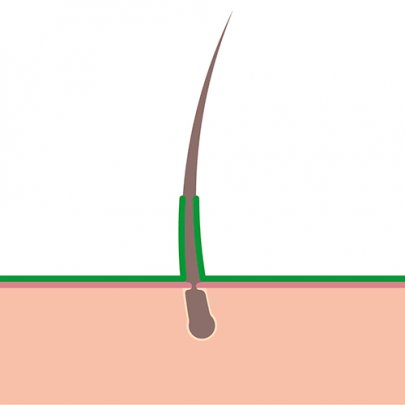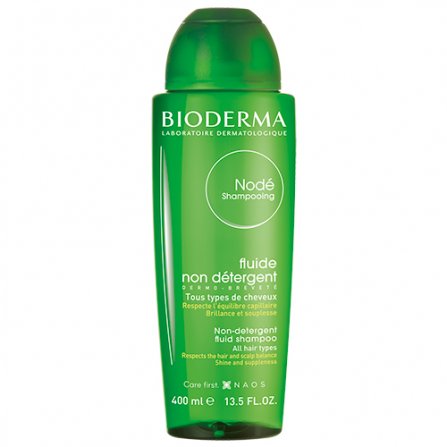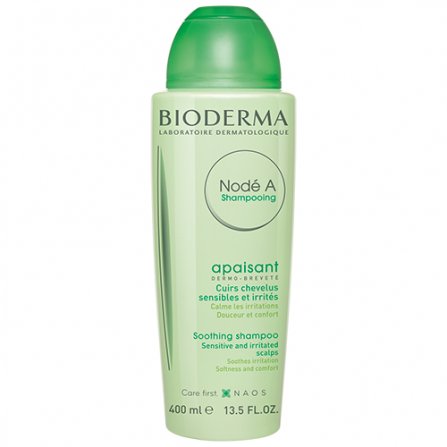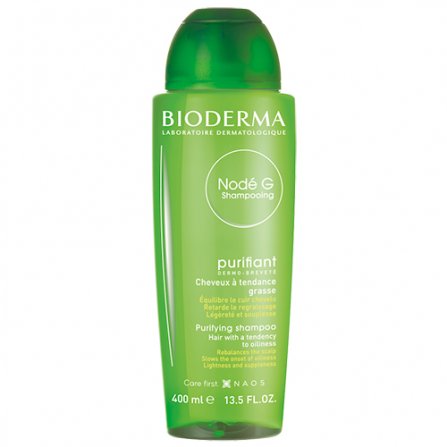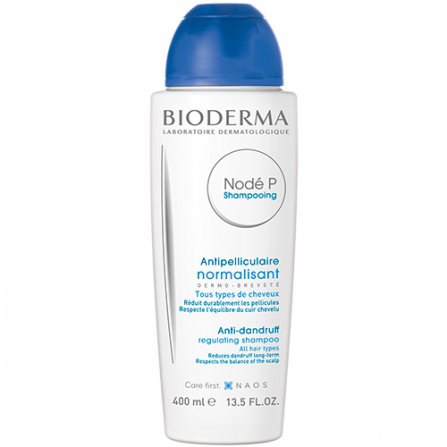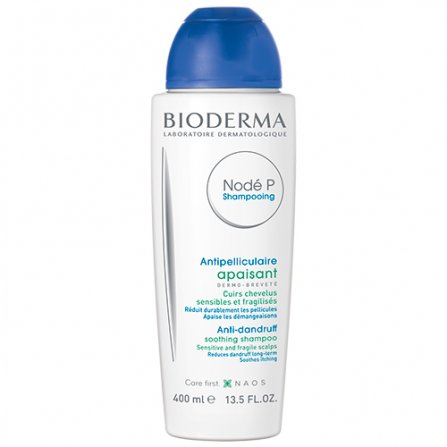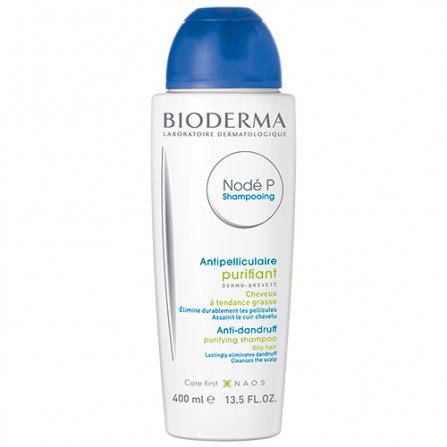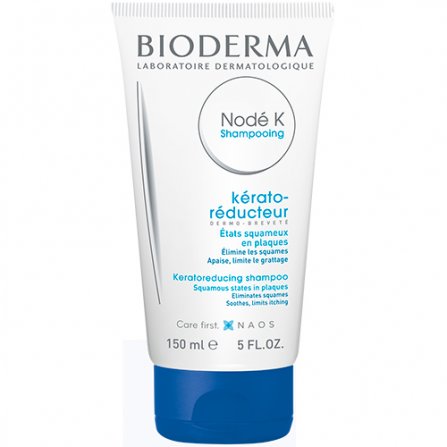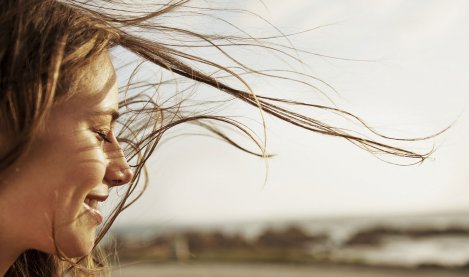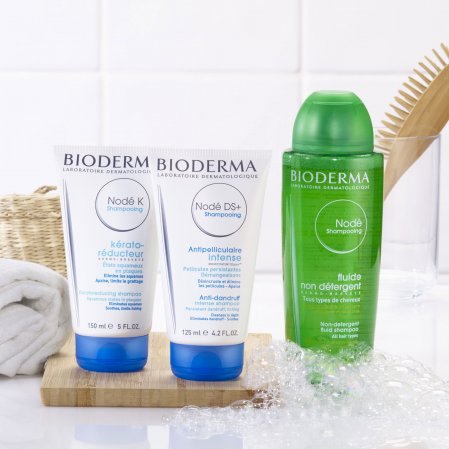Whether our hair is frizzy, curly, straight, coarse or fine, it has everything it needs to stay in good health and be moisturised at all times. Just like our skin, our hair and scalp are covered in a hydrolipidic film that protects them, keeping water in and dirt out. The hydrolipidic film comes from the scalp’s sebaceous glands at the base of the hair follicle, just like for skin. The difference is that the scalp’s hair follicles have sebaceous glands that are much bigger. This is logical, since the hair on our head is thicker and often longer than elsewhere on the body.
As the film is secreted, it sheathes the outer covering of each strand of hair, which is called the cuticle. Covering the scalp and our hair, the film protects both. When the film is in good condition, the cuticle stays smooth and moisturised, giving healthy, shiny hair with body, that reflects light and has a soft appearance. As for our scalp, it retains water and stays balanced.
Also on the scalp are an abundant quantity of bacteria and yeast that, along with the hydrolipidic film, are part of the scalp’s physiological balance. During daily life, the bacteria, yeast and hydrolipidic film can be weakened by internal and external sources, like on the rest of our body: stress, hormones, weather, pollution, unadapted shampoo, and many other reasons. Any imbalance in our scalp’s ecosystem can also weaken the scalp’s defence mechanisms that protect it from irritants. The result can be a dry and brittle hair, a sensitive and irritated scalp, greasy hair or dandruff. The scalp can also be affected by specific diseases such as seborrhoeic dermatitis and psoriasis, with their own set of symptoms.



